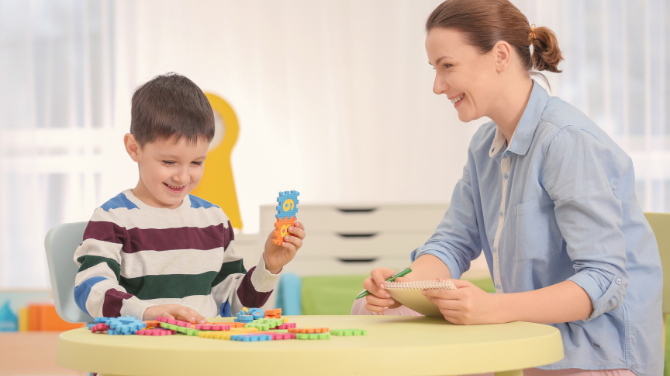Anxiety in children can show up in many ways like clinginess, irritability, sleep troubles, or even physical complaints like stomachaches. As a parent or caregiver, it can be heartbreaking and overwhelming to witness. But with the right approach and support from trusted Mental Health NJ resources, you can help your child manage their anxiety and build emotional resilience. Here are nine practical strategies you can start using today.
Children thrive on routine. A consistent daily structure helps reduce uncertainty and creates a sense of security. For younger children, visual schedules or routine charts can be especially helpful. When anxiety does arise, respond with calm reassurance and consistency to reinforce a feeling of safety.
Let your child know their feelings are valid: “It’s okay to feel nervous.” But also show confidence in their ability to get through it: “I believe you can handle this.” Striking this balance teaches children that emotions are manageable, not something to fear.
Avoiding anxiety triggers may bring short-term relief, but it often reinforces the fear long-term. Instead, help your child face challenges in small, manageable steps. For instance, if your child struggles with separation, start with short separations and gradually increase the time. Exposure builds courage.

Support your child by turning big challenges into small tasks. If a full doctor’s visit is overwhelming, begin with a visit to the waiting room only. Celebrate each milestone. Consistency is key to avoid backing down when anxiety surfaces, as doing so may reinforce avoidance.
Children learn by watching. Show them how you manage stress through deep breathing, mindfulness, or taking a walk to reset. By modeling calm responses, you’re showing them that managing anxiety is possible and part of everyday life.

It’s natural to want to protect your child from suffering, but doing too much can unintentionally block growth. Give them opportunities to practice coping. If your child feels anxious about speaking to a server at a restaurant, help them rehearse at home first, then take small steps toward doing it in real life. This builds confidence over time.
Teach your child how to be kind to themselves when anxious thoughts appear. Help them replace “I can’t do this” with “I’m learning how to do this.” Recognize their efforts and celebrate progress even the small wins. This boosts self-esteem and reinforces resilience.
Supporting an anxious child can be emotionally challenging. It’s okay to feel uncertain or overwhelmed. Take care of your own mental health and connect with other parents facing similar challenges. Community and self-compassion go a long way.
If your child’s anxiety is interfering significantly with their daily life, professional help may be necessary. Evidence based therapies such as Cognitive Behavioral Therapy (CBT) and Parent-Child Interaction Therapy (PCIT) can be highly effective. Programs like SPACE (Supportive Parenting for Anxious Childhood Emotions) can also empower parents with practical strategies.
Helping your child manage anxiety doesn’t mean eliminating it, it means guiding them to face it with courage and compassion. Each step forward, no matter how small, is a step toward emotional strength. With your steady support, right tools, and guidance from a qualified Child Psychologist NJ, your child can build flexibility they need to thrive.
440 West Street, Suite 323, Fort Lee, NJ, 07024
[email protected]
Phone: (347) 879 0202
Copyright © 2025 | All Rights Reserved | Created By Invisio Solutions Ltd